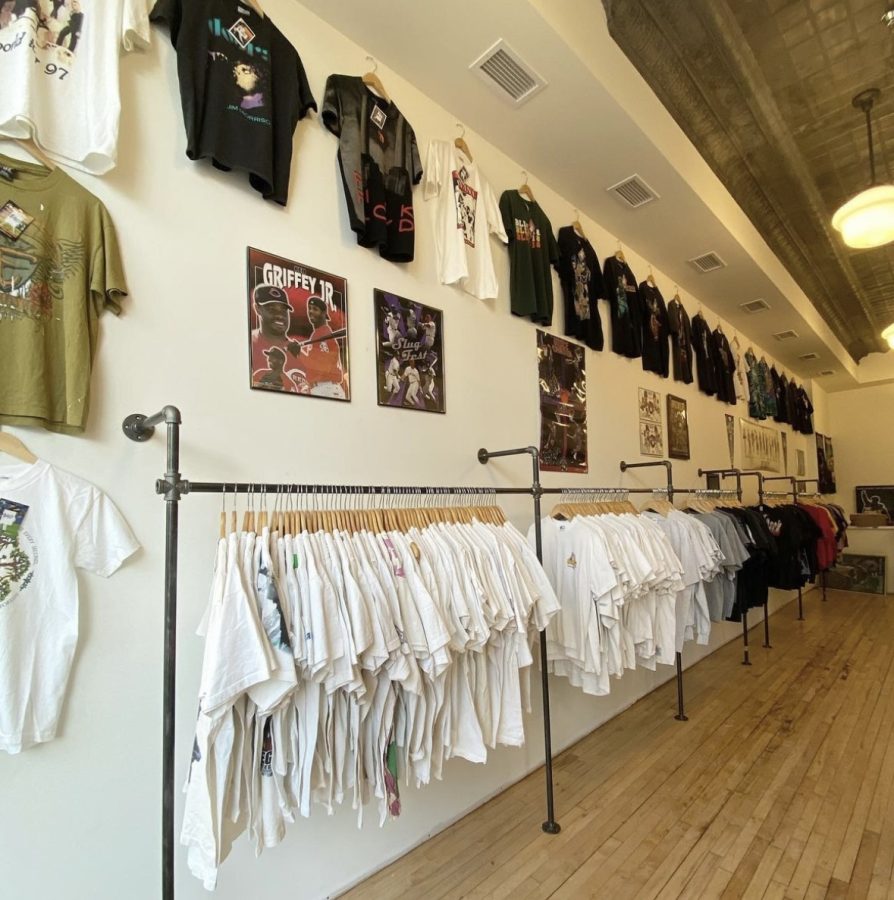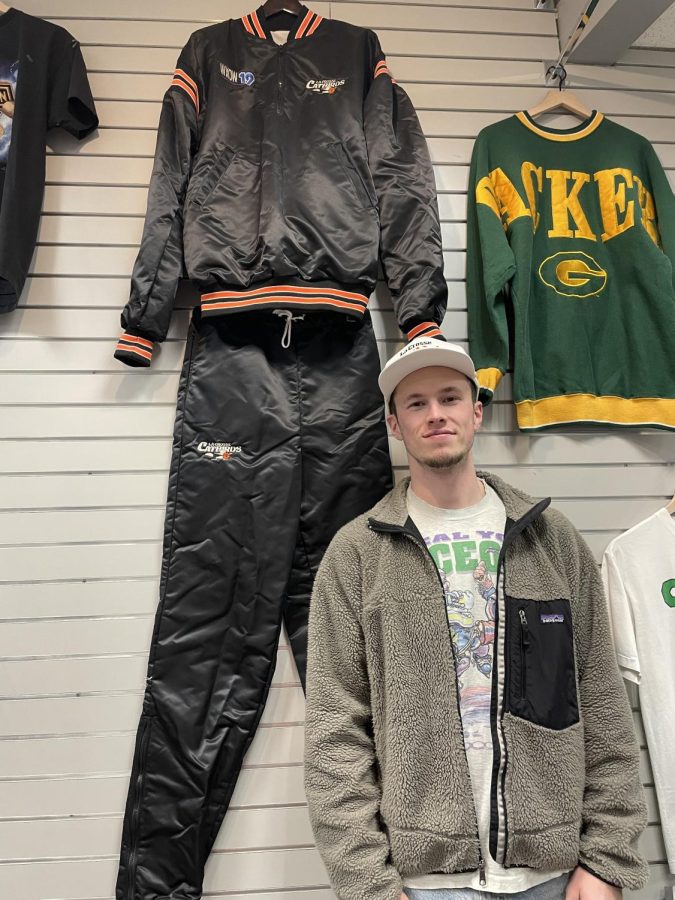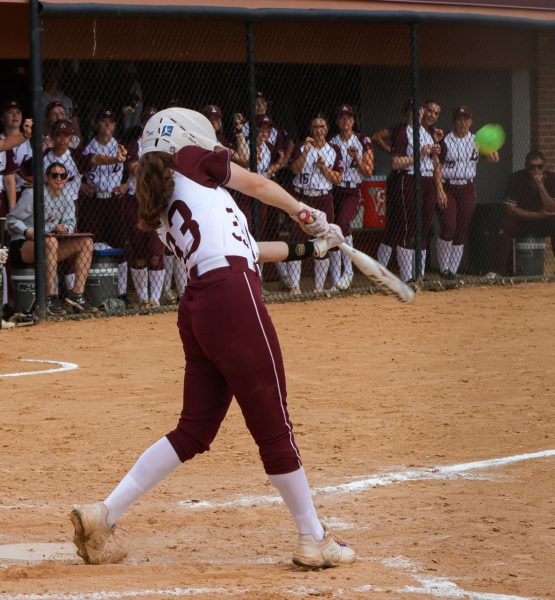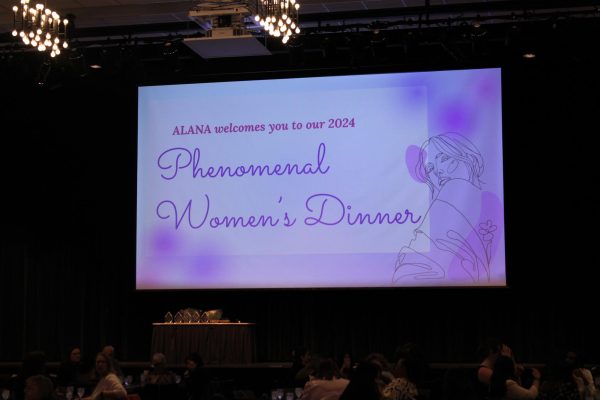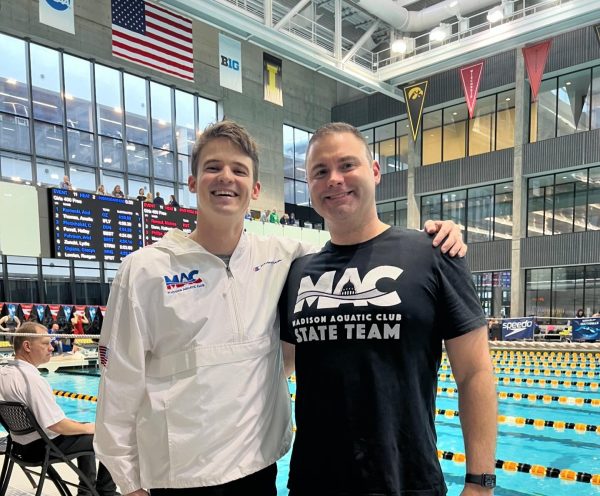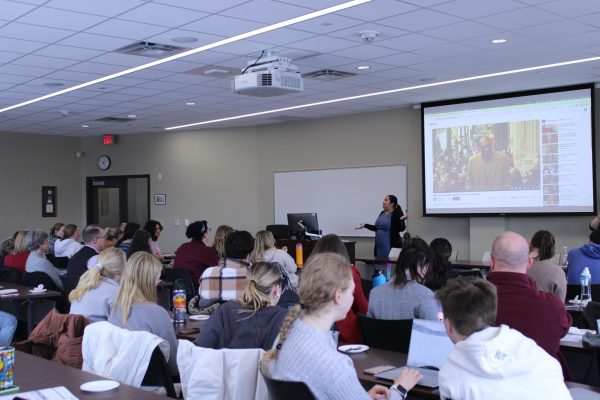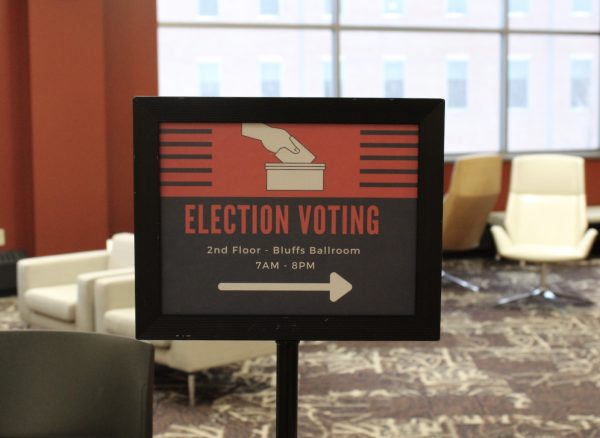“We’re selling nostalgia”: Local vintage business owners discuss their love for thrifting
February 1, 2023
Buying thrifted and secondhand clothing has not always had the social currency that it does today. According to an article by the University of California-Berkeley, purchasing clothing from places like Goodwill or Salvation Army was highly stigmatized, and people who shopped there were often categorized as poor, dirty, and less than.
Nowadays, it is quite the opposite; so much so that the United States Census Bureau estimated that the resale industry in the U.S. had annual revenues of approximately $17.5 billion in 2022 alone.
“Back in 2016, you could pretty much go to a thrift store and find anything you wanted to,” said Sam Schmitz, owner of secondhand vintage clothing pop-up shop, Minnesota Thrifter, “but now, you can’t expect to just walk into a Goodwill and be able to find vintage.”
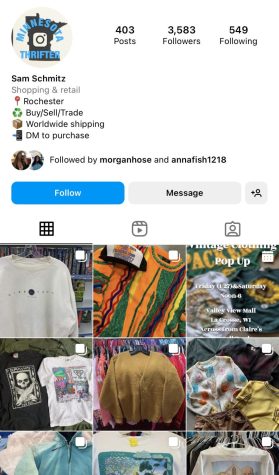
Originally from La Crescent, MN, Schmitz has been holding pop-up events at various locations in Rochester and La Crosse since 2020, but his love for vintage clothing has been a growing hobby since high school.
“I’ve always been interested in vintage, I’ve been doing that since forever. But I seriously started doing it in 2020.”
Another local vintage curator with similar roots in the industry is Danny Garrity. After quitting school to pursue his career in vintage clothing full-time, he is now the owner and operator of Singlestitch La Crosse, formerly known as La Crosse Vintage. They will be opening at their new location, 123 4th St. South, this Saturday, February 4 at noon.
“The people of La Crosse show out for us, which is awesome. We’re super excited to get back on the road here and open up to get people fitted for the rest of the year and years to come.”
Garrity worked in partnership with Mitch Hammes at La Crosse Vintage until they both moved to Madison where Hammes now runs Singlestitch’s sister store.
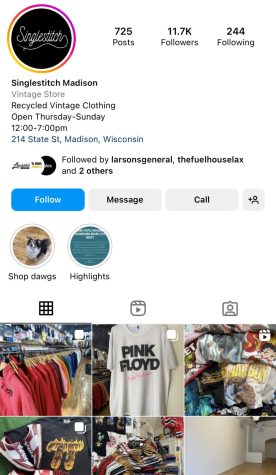
“We decided to move to Madison with the plan of moving back here eventually, and it finally came to fruition. We were struggling to find a storefront for a while and then we found one by Dale’s [Clothing], and he actually owns it, so it worked out,” said Garrity.
According to Garrity, there will be over 1,000 unique vintage clothing pieces available for purchase this weekend, all of which are brand new. Singlestitch La Crosse is also a buy-sell-trade location, however, the store will not be doing so this opening weekend.
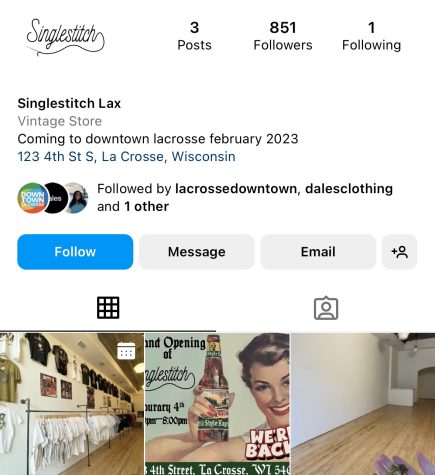
“Because I’m assuming it’s going to be hectic and a lot of people are going to be coming and going, in and out, I’ll probably hold off on buying for just this weekend. But after that…we do a lot of wholesaling.” In simplest terms, when clothing gets sold at wholesale price, a large quantity of the product is sold at a lower price than at retail.
“We’ll buy it and cut out the middleman, so they can just either straight sell it to us or trade for you know, a shirt, they’ve been looking for, or any type of deal.”
When it comes to selecting pieces, Garrity says it will vary depending on location and the general tastes of the customers.
“There are certain shirts that do better [in Madison] and certain shirts that do better here. So, it’s kind of been just like nitpicking and curating what I think will do well here.”
The Singlestitch La Crosse owner says this is the biggest difference between thrift store chains and secondhand vintage stores.
“A thrift store will have everything that they get donated out on the floor…Whereas we do the work of curating and going to get all the quality, vintage stuff that people want. And that’s why our prices are going to be a little higher than, say, a Goodwill or Salvation Army. There’s actually a market for this stuff.”
The Minnesota Thrifter owner explains that this is why stores such as his, and Singlestitch, have higher prices than your average Goodwill or Salvation Army.
“Buying secondhand is so much better for the environment,” said Schmitz, “I know a lot of people say ‘This is a used t-shirt, why is it $25?’ or something like that. But then you have to take into consideration the time that it takes us to get the shirt, clean the shirt, etc. It’s not as simple as we find the shirt, put it on a hanger, and you buy it. It goes through a whole process.”
Garrity puts things further into perspective and said that buying from vintage stores is much more personal than buying from thrift store chains.
“The clothes come to them; people bring them the clothes. Whereas curators, like me and Sam and Mitch, go and get them. It’s putting miles on our cars, we’re taking the whole day to go out, spend a lot of money, and source the clothes. We’re selling nostalgia, which is kind of an emotional thing to a lot of people, and it’s really cool.”
For updates and store information, visit their website here or follow them on Instagram:
@minnesotathrifter
@singlestitch_lax
@singlestitch_madison

